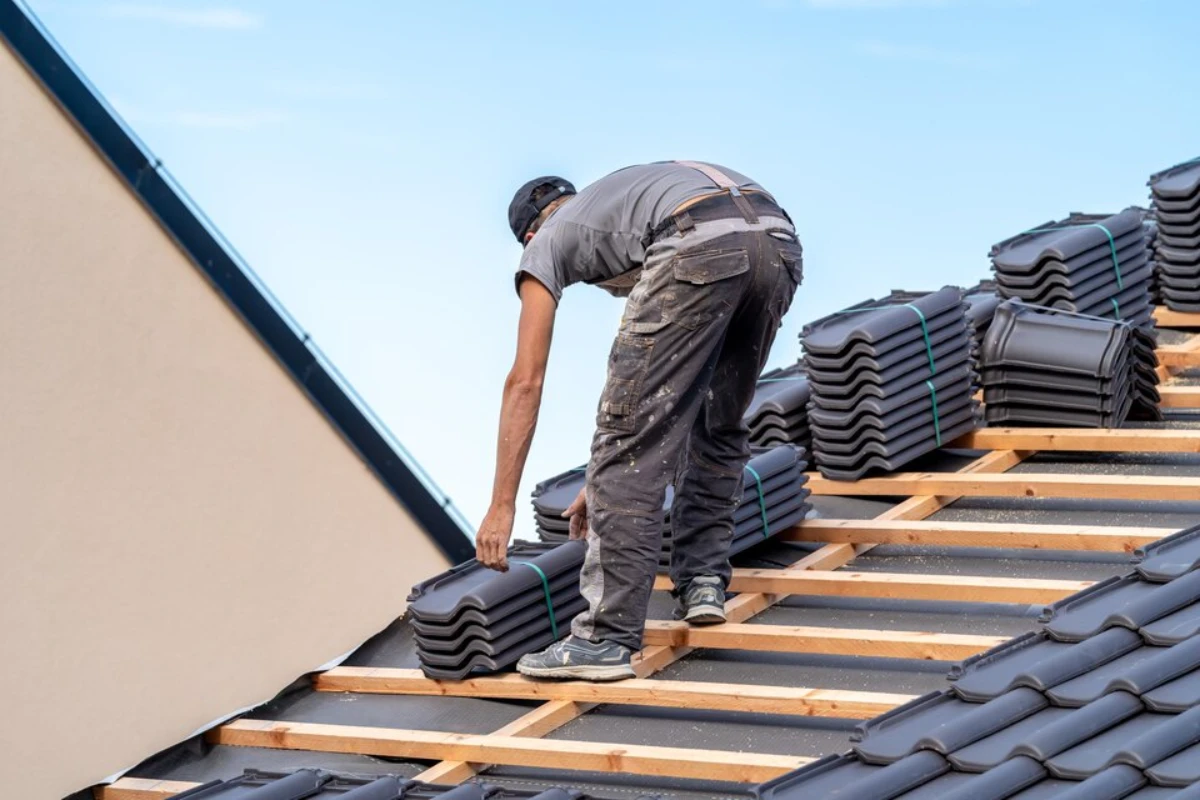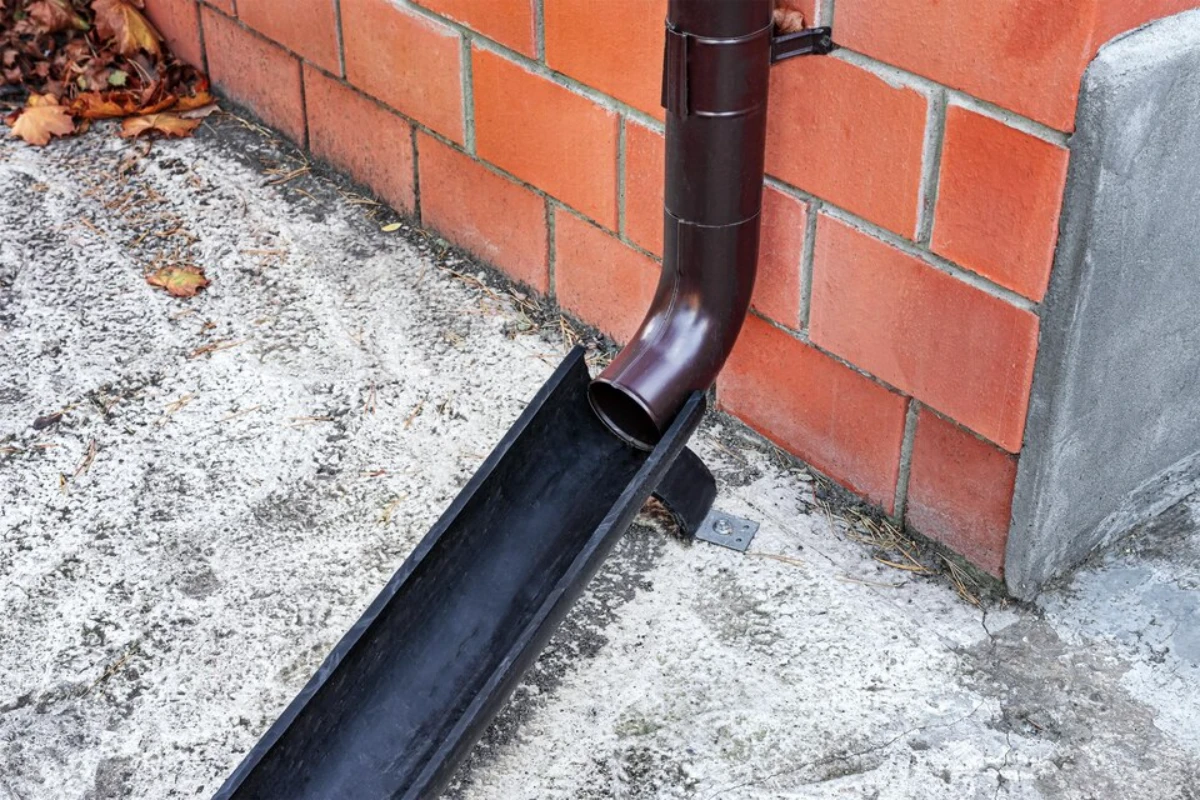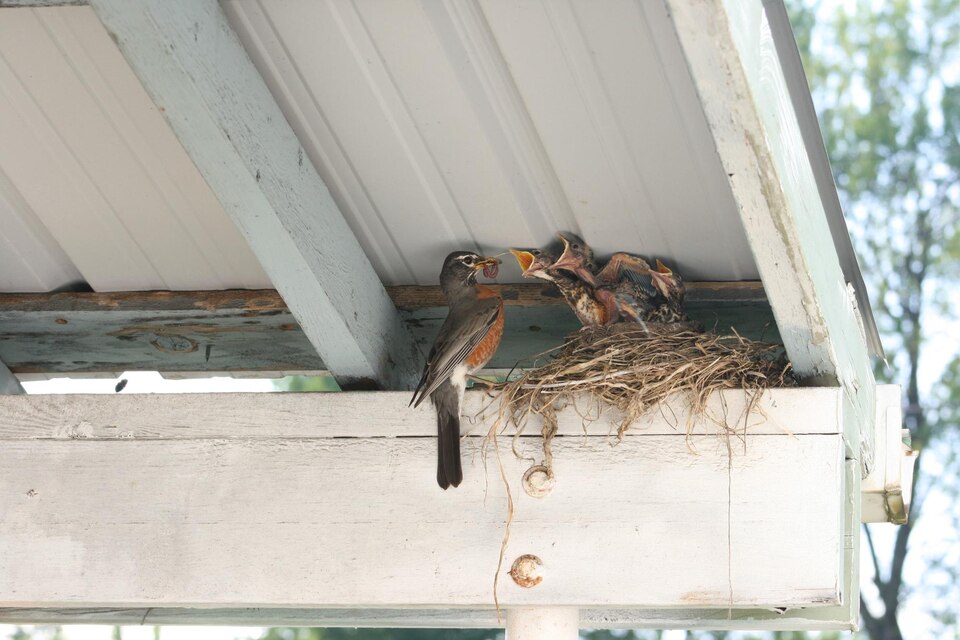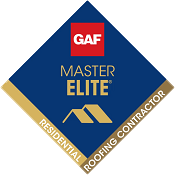Roof replacements aren’t something most homeowners deal with often, which makes it easy to overlook the full scope of what’s involved. You get a quote, set your budget, and assume you’re covered. But once the project begins, unexpected roof replacement costs can start to pop up. Permit fees, hidden structural damage, and code upgrades can all add to the final bill, sometimes significantly.
That’s why it’s important to look beyond the surface when planning for a new roof. Understanding the typical costs, along with where surprises tend to show up, can help you prepare more accurately and avoid getting blindsided halfway through the job.
Typical Costs of a Roof Replacement
Most roofing estimates cover the basics:
- Tearing off the old roofing
- Installing new materials
- Handling standard labor and cleanup
The cost is usually calculated based on square footage, the type of roofing material chosen, and the complexity of the roof design. For example, steep pitches, multiple levels, or hard-to-reach areas can all increase labor costs.
Other common inclusions in a base estimate may cover underlayment, flashing, drip edge, and basic ventilation. But while these are necessary components, they don’t account for potential surprises that can drive the total cost higher once work is underway.
Potential Hidden Costs
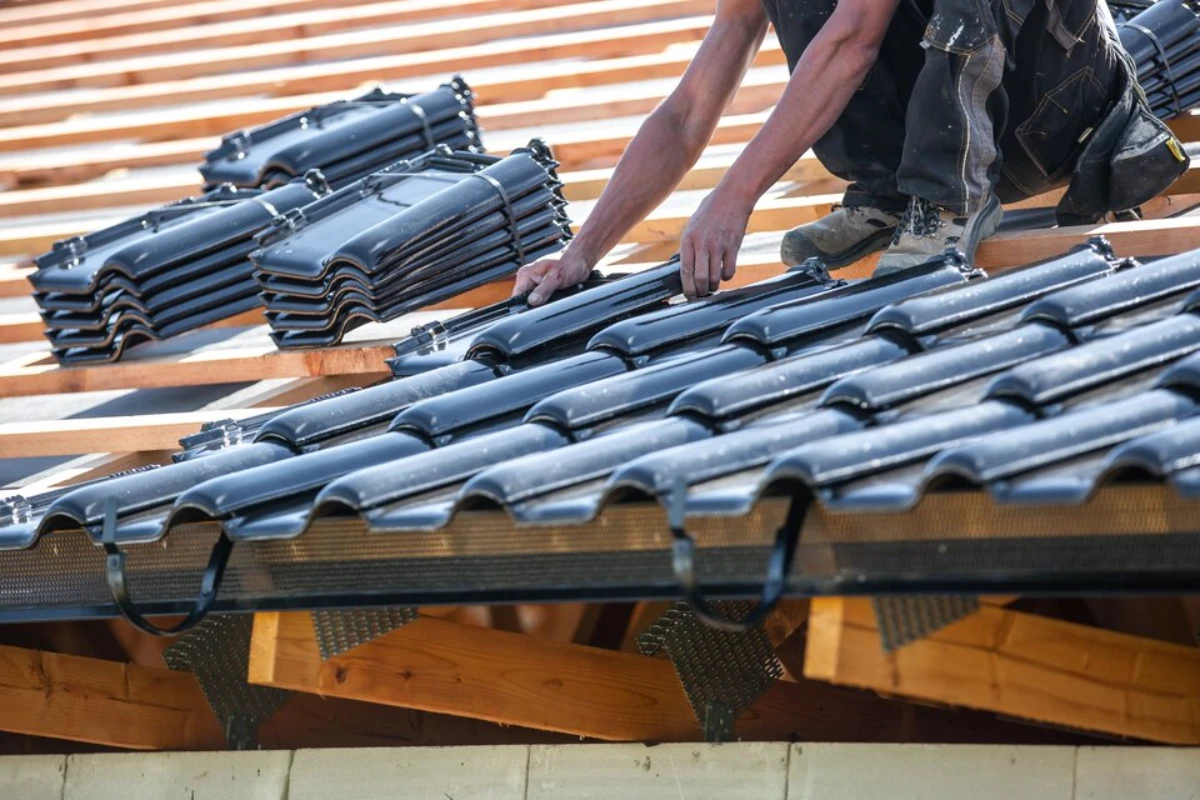
A roof replacement might seem straightforward on paper, but once work begins, unexpected expenses can surface quickly. These hidden costs often come as a surprise to homeowners who thought they had budgeted correctly.
While not every project will include every one of these expenses, knowing what to watch for can help you avoid sticker shock.
Permits and Inspections
In Florida, permits are required for most roof replacement jobs, and fees can vary by city or county. Some municipalities charge a flat rate, while others base the fee on the value of the project or square footage of the roof. It’s not uncommon for permit costs to run several hundred dollars.
In addition to the permit itself, inspections are often required before, during, and after the work. If your contractor doesn’t schedule these properly (or if the work doesn’t pass inspection), delays can occur. In some cases, a failed inspection may require corrective work, which can increase labor and materials costs. These aren’t always included in the original quote, especially if the contractor assumes a smooth inspection process.
Structural Repairs
One of the biggest variables in a roof replacement is what lies beneath the shingles. Until the old materials are removed, even experienced contractors can’t always predict the condition of the decking or structural supports.
If the plywood sheathing is rotted, warped, or covered in mold, it will need to be replaced before the new roofing system can go on. Similarly, termite damage or water intrusion may have compromised rafters or trusses. These repairs are essential for safety and durability, but they come with added labor and materials costs that can significantly affect your budget.
Depending on the extent of the damage, structural repairs can add anywhere from a few hundred to several thousand dollars to your project.
Ventilation and Code Compliance Upgrades
Building codes evolve over time. If your home hasn’t had a roof replacement in 20 years or more, it might not meet current ventilation or safety standards.
Poor ventilation can shorten the life of your roof by trapping heat and moisture in the attic, leading to mold, higher energy bills, and structural deterioration. If your contractor finds that your home lacks proper intake or exhaust vents, they may recommend installing ridge vents, soffit vents, or even powered attic fans.
These improvements can increase costs, especially if ductwork or electrical modifications are needed. In some areas, code compliance may also require hurricane straps or other upgrades, particularly for older homes. These updates are good for long-term value, but they’re often not accounted for in basic estimates.
Disposal and Cleanup Fees

A full roof replacement generates a lot of waste — shingles, nails, underlayment, flashing, and more. Some contractors include disposal in their proposal, while others treat it as a separate line item or leave it off entirely.
Dumpsters must be rented, hauled away, and weighed at disposal sites that often charge by the ton. On average, disposal costs can add hundreds of dollars to a roofing project, depending on the size and weight of the materials being removed.
Cleanup matters too. If the job site isn’t cleaned thoroughly, leftover nails and debris can pose a hazard to children, pets, and tires. If this part of the job isn’t included or is poorly done, you may end up hiring someone else to finish the cleanup.
Material Price Fluctuations
The roofing industry is not immune to supply chain disruptions or market volatility. Shingles, metal panels, and underlayment materials can fluctuate in price due to shortages, transportation delays, or increased demand during hurricane season.
If your project is delayed due to weather, scheduling, or permit issues, and your contractor hasn’t locked in the pricing, you could be asked to pay more than the original estimate. Some materials can increase in price by 10–20% over just a few months, especially during peak storm season in Florida. Ask whether your contractor guarantees pricing or whether your quote is subject to change.
Warranty Add-ons and Insurance Gaps
Most homeowners assume their roofing warranty covers everything, but the reality is more complex. Some warranties only apply to the shingles and do not cover labor or installation errors. Others require an upgrade fee to extend the coverage or transfer it to a new homeowner.
Insurance is another area where gaps can arise. Your policy may not cover code-required upgrades, such as new ventilation systems or hurricane tie-downs. It might also exclude certain types of damage, like gradual deterioration or damage caused by improper installation of the previous roof.
Reviewing your policy in advance and talking through warranty options with your contractor can help you avoid surprise costs down the road. It’s also worth asking whether any components require registration to activate the warranty; missing this step can void the coverage entirely.
Work With a Contractor Who’s Honest About Pricing
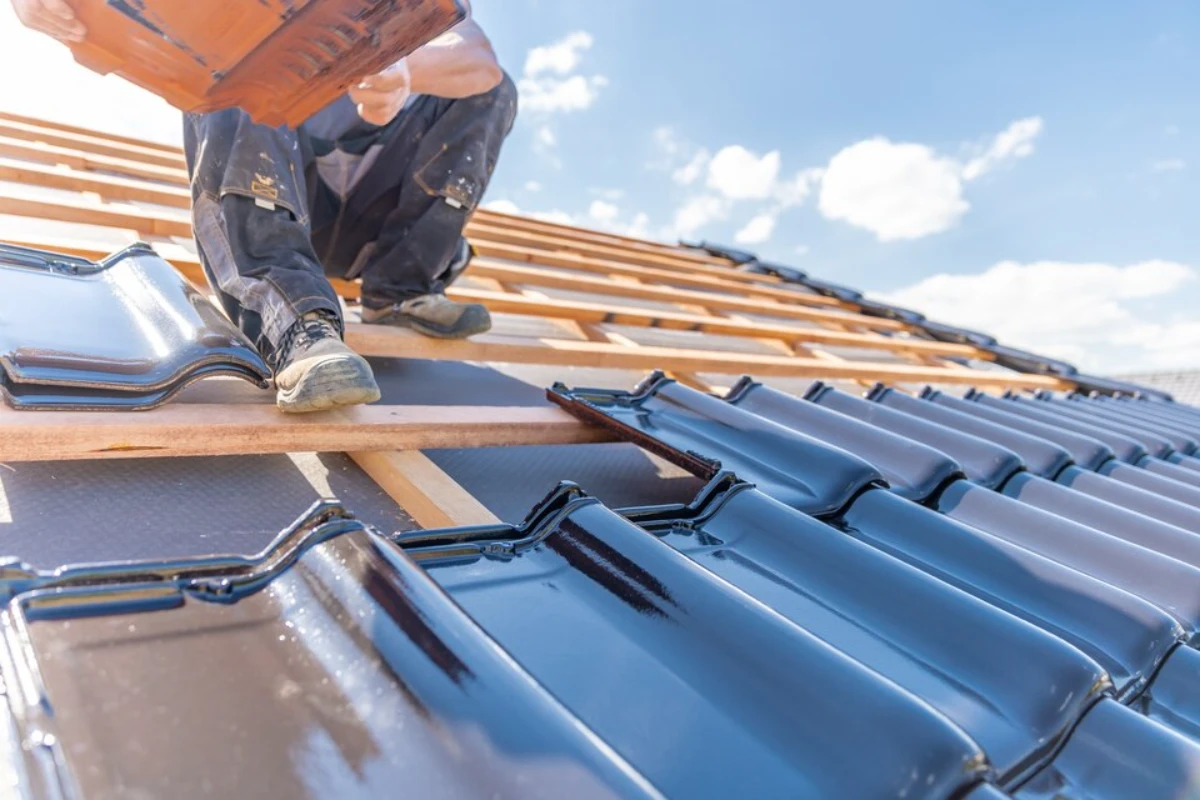
One of the best ways to avoid hidden costs is to work with a contractor who prioritizes transparency from the start. A trustworthy roofing company should walk you through the full scope of the project, including possible variables that could impact the price once work begins.
Watch out for vague or overly simple quotes. If a contractor provides a flat number without explaining what’s included (and more importantly, what’s not), that’s a red flag. A solid proposal should detail labor, materials, permits, disposal, warranty terms, and how unexpected issues like decking repairs will be handled.
Good contractors don’t just point out potential problems. They explain how those issues will be addressed, how much they might cost, and under what circumstances you’ll be notified before additional work is done. If someone pressures you into a quick decision or seems evasive when you ask questions, it’s worth taking a step back.
Count on Stronghold Roofing & Solar for Straightforward Estimates
When it comes to roof replacement, surprises are the last thing you want. At Stronghold Roofing & Solar, we believe in giving homeowners the full picture from the beginning. Our estimates are clear, detailed, and designed to help you plan with confidence.
Our Lakeland roofers take the time to walk through your project with you, pointing out any potential concerns and explaining what may come up during the job. If we find issues once work begins — like hidden structural damage or ventilation problems — we’ll talk through the options before moving forward. No pressure, no guesswork, and no hidden charges.
Our roofing company has years of experience serving Lakeland homeowners, and we know how to navigate local codes, permitting, and climate-related challenges. Whether you’re replacing an aging roof or upgrading for better energy efficiency, we’re here to make sure you know exactly what to expect at every step.
Contact us today for a free roof estimate.
FAQs – Surprise Roof Replacement Costs
How much does a roof replacement usually cost?
The cost of a roof replacement depends on factors like roof size, materials, and labor. On average, homeowners can expect to pay between $8,000 and $15,000.
Are permit fees included in roofing estimates?
Not always. Some contractors include permit fees in their estimates, while others do not. It’s important to ask upfront to avoid surprise costs.
What kinds of issues can increase the cost after the project starts?
Common issues include damaged decking, poor ventilation, code upgrades, and price changes in materials. These may not be apparent until the old roof is removed.
Does homeowners insurance cover roof replacement?
Insurance may cover roof damage caused by storms or other covered events, but it typically does not pay for wear and tear or required code upgrades.
How can I avoid hidden costs in a roof replacement?
Work with a reputable contractor who provides detailed estimates and explains what is and isn’t included. Ask about common variables and how they’re handled.
